Stand-up paddleboarding (SUP) has surged in popularity over the past decade, attracting water enthusiasts of all skill levels. While the sport offers a fantastic full-body workout and a unique way to explore waterways, mastering balance on a paddleboard remains one of the biggest challenges for beginners and even intermediate paddlers. The art of staying upright on an unstable surface requires a combination of physical technique, mental focus, and an understanding of water dynamics.
The Physics of Balance on a Paddleboard
At its core, paddleboard balance is a constant negotiation between your body and the water beneath you. Unlike solid ground, water is a dynamic surface that shifts with every ripple, current, or passing boat wake. The board itself acts as a floating platform, with its width, length, and volume determining how stable it feels. Wider boards (typically 32 inches or more) offer greater initial stability, while narrower boards (28 inches or less) provide less stability but better glide and speed.
The key to maintaining equilibrium lies in your center of gravity. When standing erect, your body's mass is concentrated in a relatively small area above the board. Any slight movement creates torque that the board must counteract. This is why experienced paddlers maintain a slight bend in their knees - it lowers their center of mass and allows for quicker adjustments. Your feet play an equally important role as they serve as your primary connection point with the board. Positioning them parallel, about hip-width apart near the board's center, creates the most stable foundation.
Environmental Factors Affecting Stability
Water conditions dramatically influence how challenging balance becomes. Flat, calm water provides the most forgiving environment for beginners. In these conditions, the board remains relatively stable, allowing paddlers to focus on their stroke technique and posture. However, as water becomes choppy or wind picks up, the board begins to move unpredictably beneath your feet. Small waves create a constant need for micro-adjustments in your stance, while larger swells require more pronounced weight shifts.
Wind presents another balancing challenge, especially for those using larger boards or in open water. Crosswinds can catch the board's rails, creating a tipping effect that must be countered. Currents, whether from tides or river flows, add another layer of complexity by constantly changing the water's movement relative to your board. Experienced paddlers learn to read these environmental cues and adjust their stance and paddle strokes accordingly.
Developing Proper Balance Techniques
Balance on a paddleboard isn't just about physical strength or quick reflexes - it's a skill that develops over time through proper technique. One fundamental principle is to focus on the horizon rather than your feet or the water immediately around the board. This visual reference point helps your vestibular system maintain equilibrium, much like when riding a bicycle. When you stare at your feet, you're more likely to overcorrect and lose balance.
Your paddle serves as more than just a propulsion tool - it's a critical balancing aid. Keeping the blade in the water during strokes provides additional stability, acting as a temporary outrigger. Even when not actively paddling, many experienced SUP enthusiasts will lightly drag their paddle in the water to create this stabilizing effect. The grip on the paddle matters too - holding it too tightly creates tension that travels through your arms to your core, making subtle adjustments more difficult.
The Role of Core Strength in Balance
While paddleboarding engages nearly every muscle group, core strength plays an outsized role in maintaining balance. Your abdominal and back muscles act as stabilizers, constantly making tiny adjustments to keep you upright. Unlike obvious movements like paddling, these micro-adjustments happen continuously and subconsciously as you balance. This is why regular paddlers often notice improved core strength even before they see changes in other muscle groups.
Interestingly, balance improves not just through paddleboarding itself but through complementary land-based exercises. Yoga, particularly poses that challenge stability like tree pose or warrior III, translates well to paddleboard balance. Similarly, exercises using balance boards or Bosu balls help train the same muscle groups and neural pathways used when standing on unstable surfaces. Many professional paddleboard athletes incorporate these cross-training methods into their routines.
Mental Aspects of Maintaining Balance
The psychological component of balance often gets overlooked but proves equally important as physical technique. Anxiety or fear of falling creates tension in the body, making it harder to make the fluid adjustments needed to stay upright. Beginners frequently make the mistake of stiffening up when they feel unstable, which paradoxically makes falls more likely. Learning to relax and accept the board's natural movement forms a crucial part of advancing in the sport.
Breathing techniques borrowed from yoga and meditation can significantly improve balance endurance. Shallow, rapid breathing (common when nervous) engages the sympathetic nervous system, while deep, controlled breaths activate the parasympathetic system, promoting calm and better muscle control. Many instructors teach students to focus on their breath when they feel unstable, using it as an anchor to regain composure.
Equipment Considerations for Better Balance
Board design has evolved significantly to address balance challenges. Inflatable SUPs (iSUPs) now rival hard boards in performance while offering some advantages for balance. The slight flexibility of an inflated board can provide more forgiving ride characteristics, absorbing some of the water's movement rather than transmitting every ripple directly to the paddler. Rail shape also affects stability - boards with more pronounced rails (edges) tend to feel more stable initially but may catch more wind.
Fin setup plays an underappreciated role in balance, especially in moving water. A larger center fin provides more directional stability, reducing the board's tendency to slide sideways (yaw) with each paddle stroke. Some paddlers experimenting with surf-style fin setups find that multiple smaller fins offer a different balance feel that works better in certain conditions. Even the paddle's flex characteristics can influence balance - stiffer paddles transmit more vibration but allow quicker corrections, while more flexible shafts absorb some of the water's movement.
Progressive Balance Training Approaches
Skill development in paddleboard balance follows a natural progression that instructors emphasize. Most beginners start by kneeling on the board before attempting to stand, allowing them to get accustomed to the board's movement with a lower center of gravity. The transition to standing should be done smoothly in one motion - hesitating halfway increases the likelihood of falling. Early sessions should focus on finding the "sweet spot" where the board feels most stable beneath you.
As basic balance improves, paddlers can challenge themselves with specific drills. These might include intentionally shifting weight from rail to rail to understand the board's tipping point, or practicing pivot turns that require precise weight distribution. Some training programs incorporate balance disruptions, where a partner gently rocks the board to simulate wave action, helping the paddler develop quicker stabilization reflexes.
Advanced paddlers often incorporate dynamic movements to take their balance skills further. This might include yoga poses on the board, step-back turns, or even small jumps. Each of these activities trains the body to recover from increasingly severe balance disruptions. The crossover benefits become apparent when returning to normal paddling - what once felt challenging now feels rock-solid.
Safety Considerations While Learning
While falling forms an inevitable part of learning to balance on a paddleboard, certain precautions make the process safer and more comfortable. Beginners should always wear a personal flotation device, even in shallow water, as unexpected falls can be disorienting. Choosing practice locations with calm, warm water and soft bottoms (like sandy beaches) reduces risk and makes the learning process less intimidating.
Understanding how to fall properly prevents most injuries. Rather than fighting to stay on the board when a fall seems inevitable, it's safer to step or fall away from the board to avoid hitting it. Learning to fall flat like a pancake (rather than bracing with hands) helps prevent wrist injuries. Many instructors teach falling and remounting the board as fundamental skills before even introducing standing balance techniques.
The Journey to Effortless Balance
What begins as a shaky, uncertain experience gradually transforms into something approaching second nature for dedicated paddlers. The point where balance becomes unconscious marks a significant milestone - where the paddler can focus entirely on enjoying their surroundings or refining stroke technique rather than constantly worrying about staying upright. This transition often comes suddenly after hours of practice, much like the moment a bicycle rider realizes they're pedaling without thinking about balance.
Seasoned paddlers describe an almost meditative state when their balance becomes perfectly attuned to the water's movement. The board ceases to feel like a separate object and instead becomes an extension of their body, responding intuitively to every subtle weight shift. Achieving this level of proficiency opens up new possibilities in the sport, from tackling more challenging water conditions to exploring advanced maneuvers and racing techniques.
Ultimately, paddleboard balance represents both a physical skill and a metaphor for the sport itself - requiring constant small adjustments, adaptability to changing conditions, and the patience to progress through inevitable setbacks. Those who persist discover not just improved athletic ability, but a unique way to connect with aquatic environments that few other activities can match.

By Emily Johnson/May 8, 2025
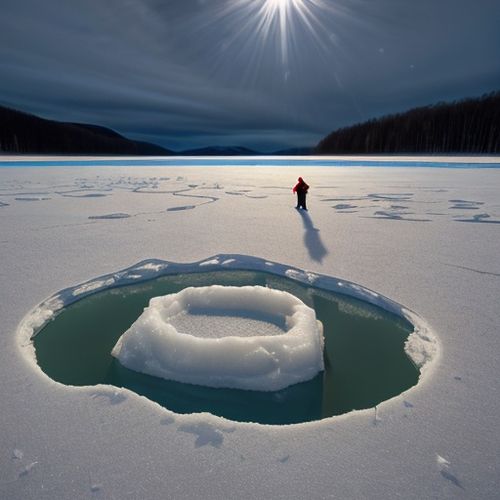
By Natalie Campbell/May 8, 2025
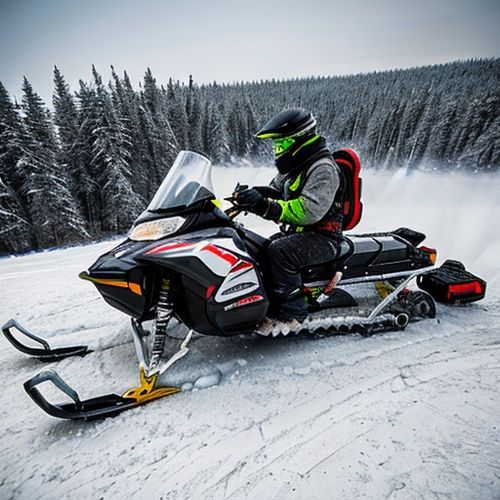
By Olivia Reed/May 8, 2025
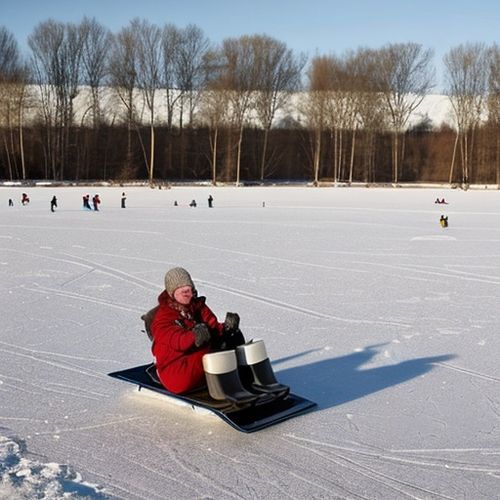
By Lily Simpson/May 8, 2025
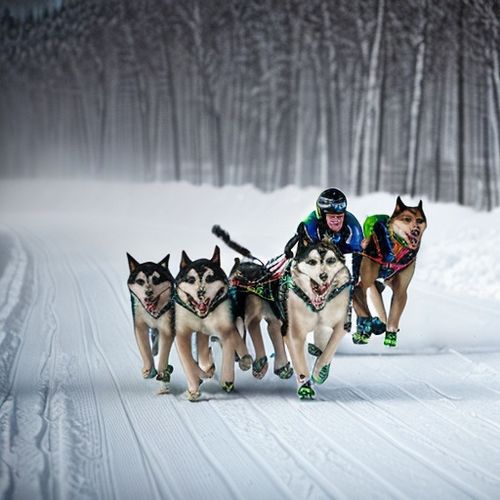
By Olivia Reed/May 8, 2025
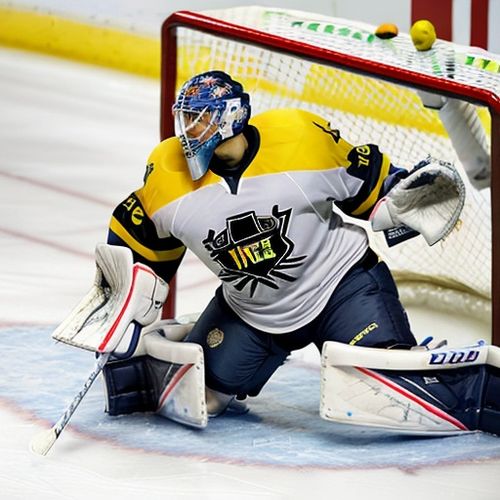
By Thomas Roberts/May 8, 2025
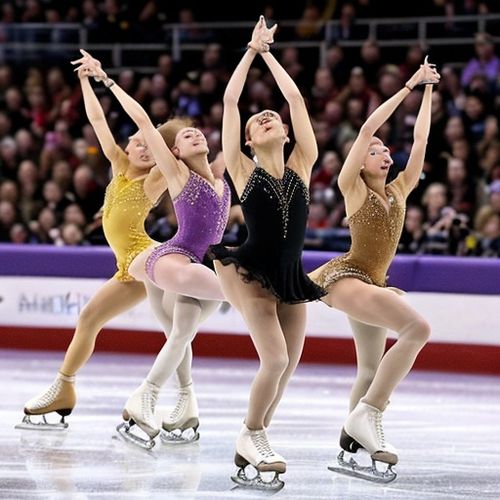
By Daniel Scott/May 8, 2025
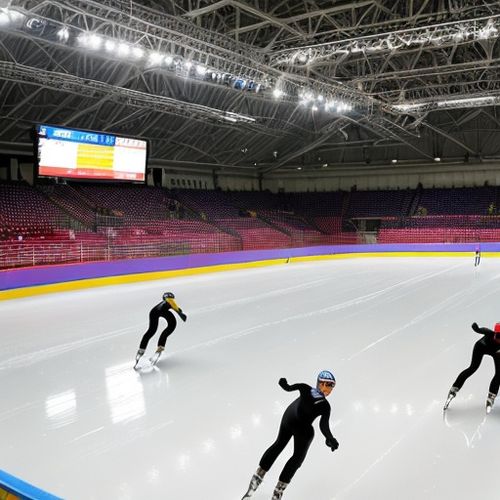
By George Bailey/May 8, 2025
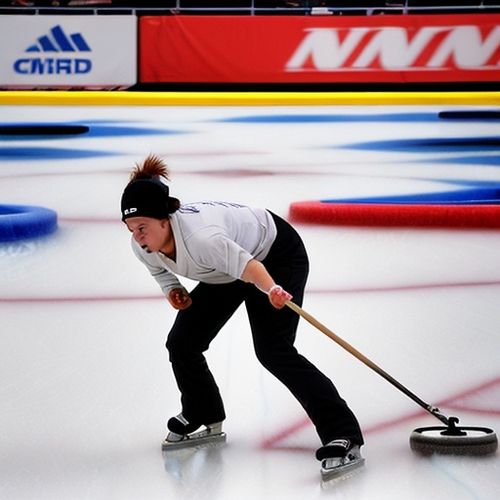
By David Anderson/May 8, 2025
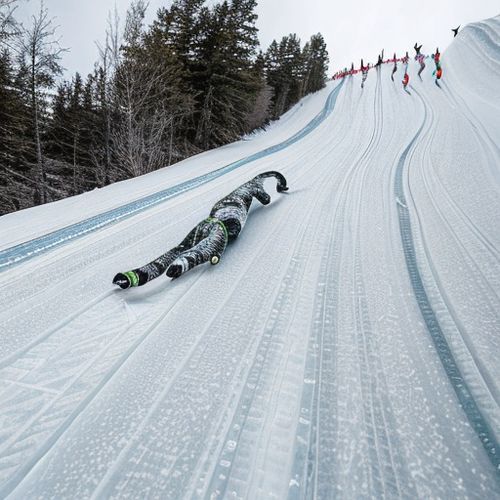
By Amanda Phillips/May 8, 2025
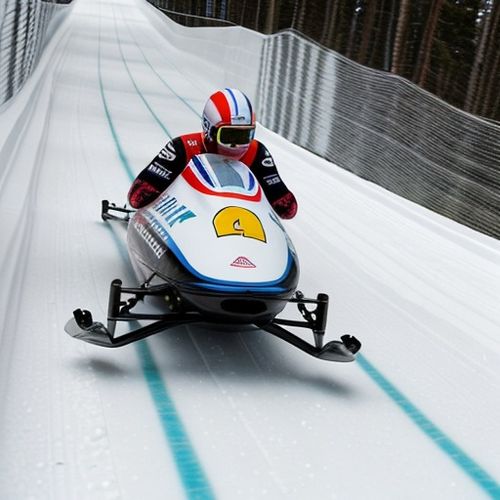
By Rebecca Stewart/May 8, 2025

By Christopher Harris/May 8, 2025

By Emily Johnson/May 8, 2025
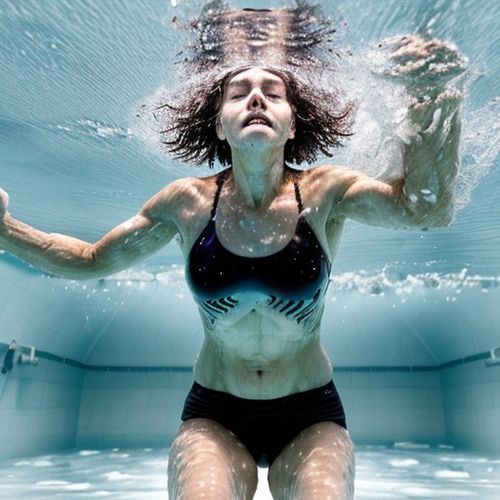
By Christopher Harris/May 8, 2025
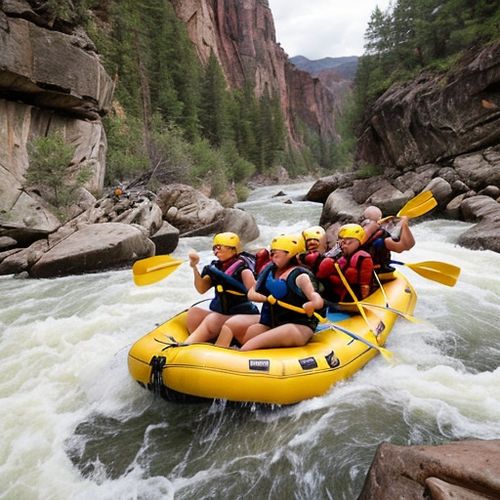
By Thomas Roberts/May 8, 2025
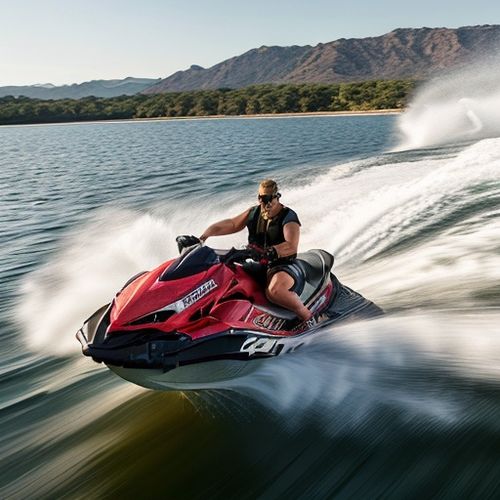
By Rebecca Stewart/May 8, 2025
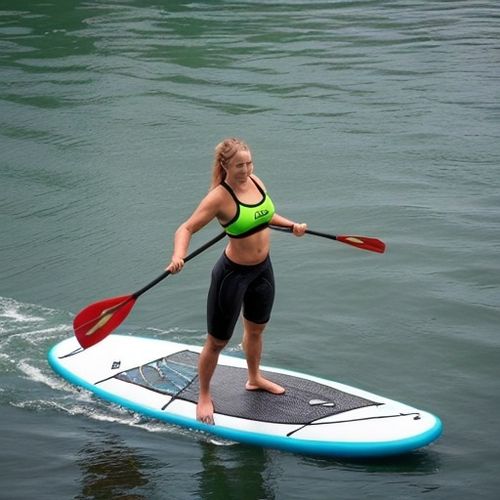
By Noah Bell/May 8, 2025
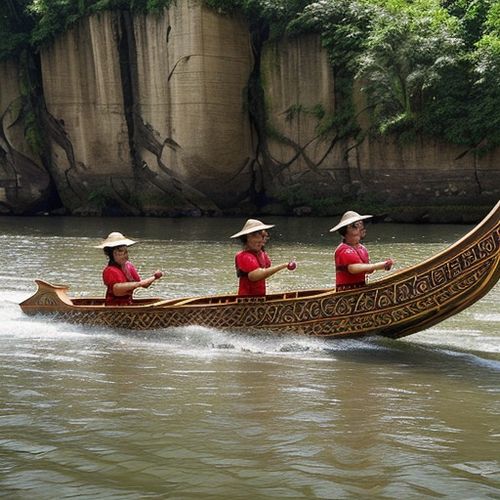
By Lily Simpson/May 8, 2025
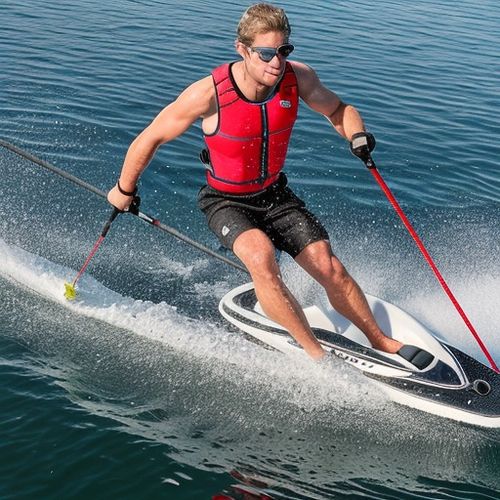
By Megan Clark/May 8, 2025
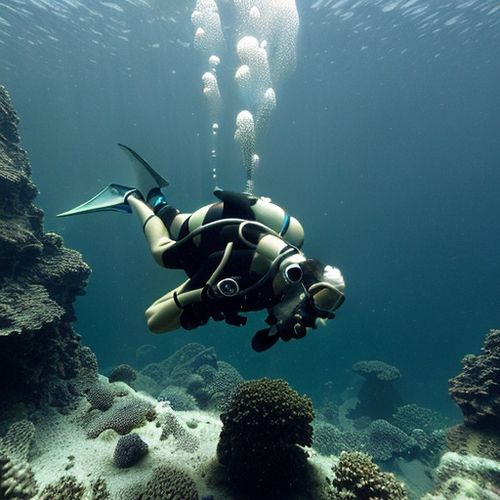
By Megan Clark/May 8, 2025